Do you have a question about the TR-Electronic CEV-65 and is the answer not in the manual?
Specifies the measuring system models covered by this manual.
Lists relevant standards and specifications for EtherNet/IP.
Defines technical terms and abbreviations used in the document.
Explains warning, caution, and notice symbols for safety.
Provides guidelines for the correct operation of the measuring system.
Outlines requirements for personnel and manual accessibility.
Introduction to EtherNet/IP, its development, and standardization.
Explains CIP over TCP/UDP for control and data exchange.
Defines device profiles and type numbers for encoders.
Information on vendor IDs and TR-Electronic's specific ID.
Provides contact and web resources for additional information.
Details network topology, cable requirements, and connection setup.
Explains how to set the EtherNet/IP node address.
Explains the Electronic Datasheet (EDS) file for configuration.
Describes the diagnostic LEDs for monitoring system status.
Details the Network Status LED's states and causes.
Details the Error LED's states and causes.
Covers MAC-address, IP-address, and subnet mask configuration.
Explains IP address ranges and default subnet masks.
Defines the function of the default gateway in network access.
Describes the object model for TR measuring systems.
Lists the supported Object Classes for the encoder device.
Explains how process data is transmitted via I/O Assembly Instances.
Details the format of the process data output.
Defines key terms related to object-oriented parameterization.
Lists and describes available Object Classes for parameterization.
Contains device identification attributes and services.
Returns the position value of the measuring system.
Contains measuring system specific attributes for position sensing.
Explains how to adjust physical resolution and gearbox function.
Configures the TCP/IP network interface parameters.
Details how the IP parameter is obtained during system startup.
Describes methods to set and permanently store IP parameters.
Maintains link-specific counters and status for Ethernet interface.
Defines connection modes like Exclusive Owner, Input Only, and Listen Only.
Details the process of configuring IP parameters using a DHCP server.
Explains IP configuration using TRWinProg software and FLASH storage.
Lists necessary components and software for PC connection.
Describes how to configure IP parameters using TRWinProg software.
Explains attribute read/write operations using RSLogix5000.
Details LED status, causes, and remedies for Link, Status, and Error LEDs.
Lists general status codes and their meanings in error response messages.
Discusses faults related to vibration, EMC, and mechanical load.
Lists and describes elementary data types used in the system.
| Brand | TR-Electronic |
|---|---|
| Model | CEV-65 |
| Category | Media Converter |
| Language | English |
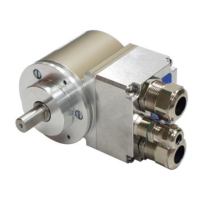
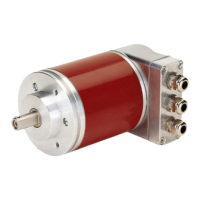
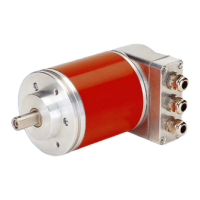
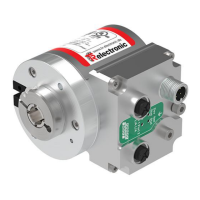
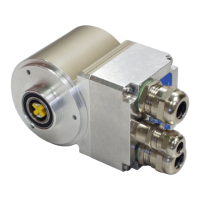
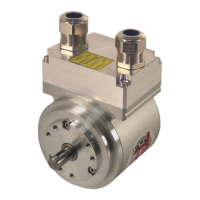
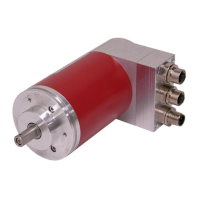
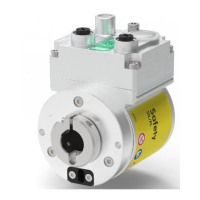
